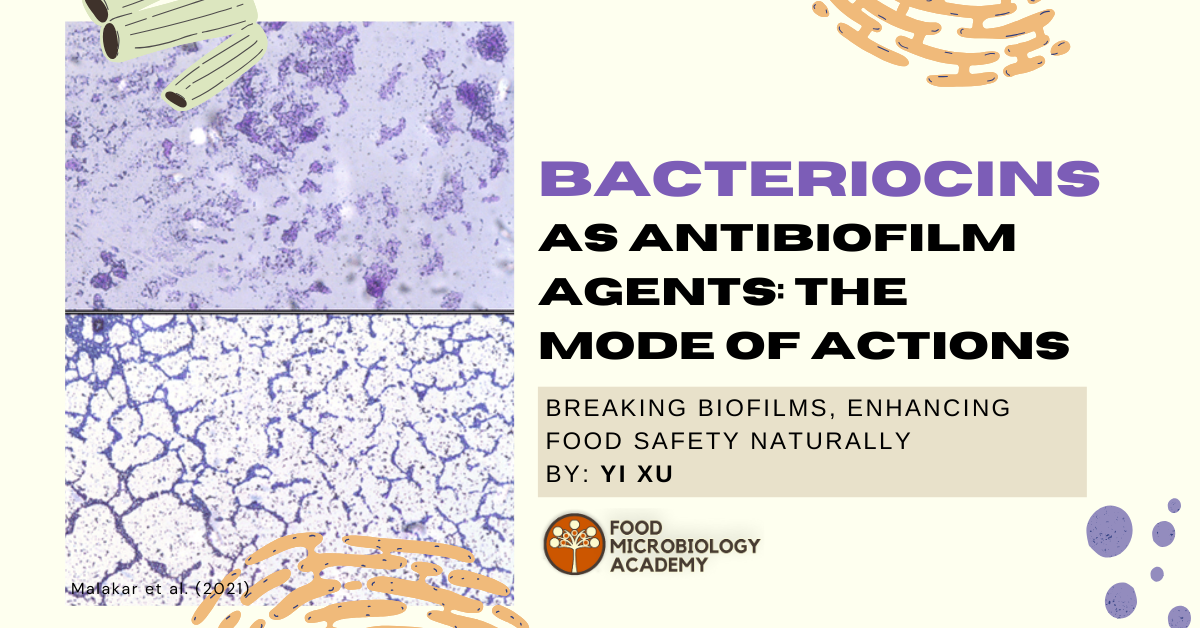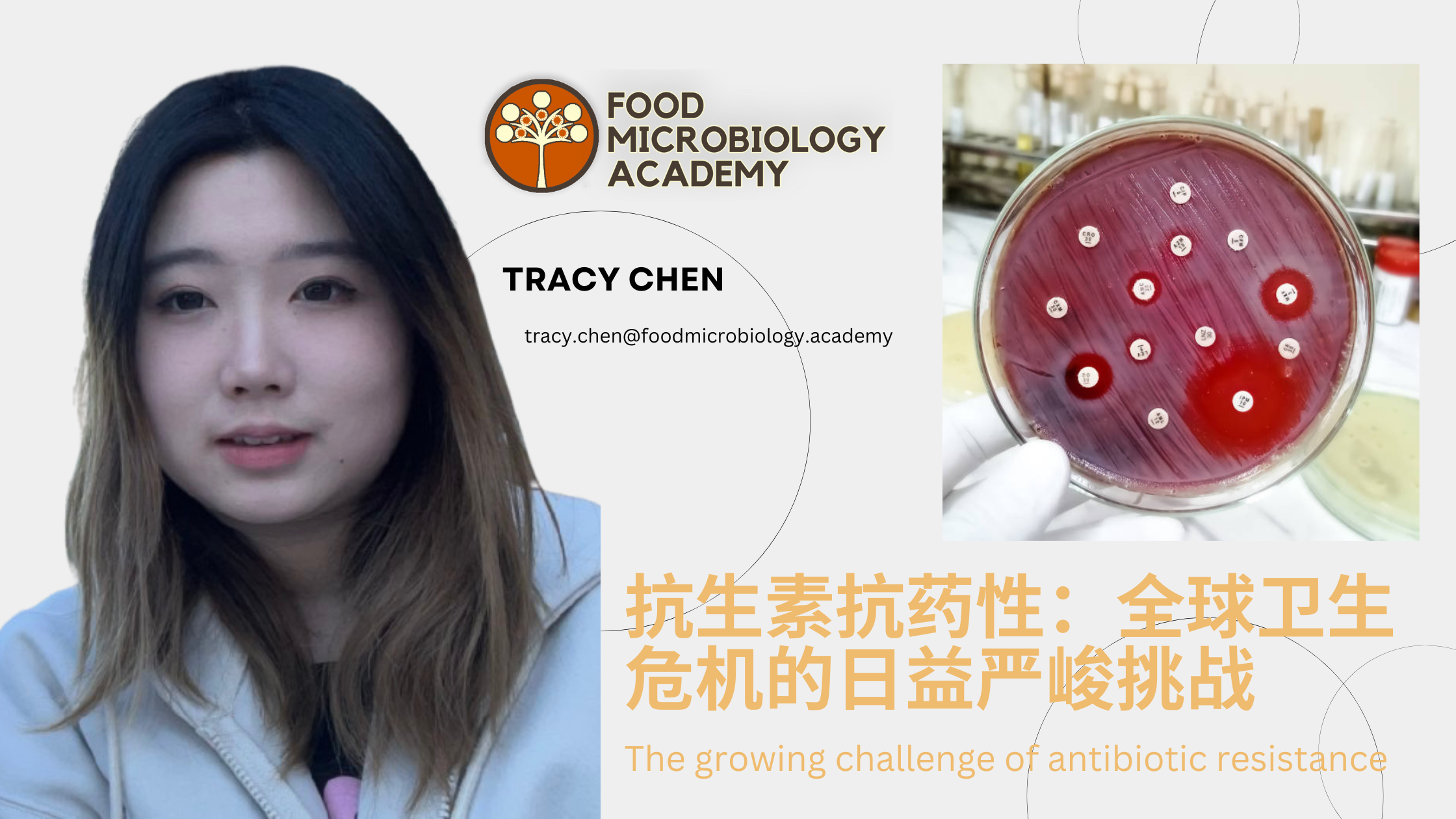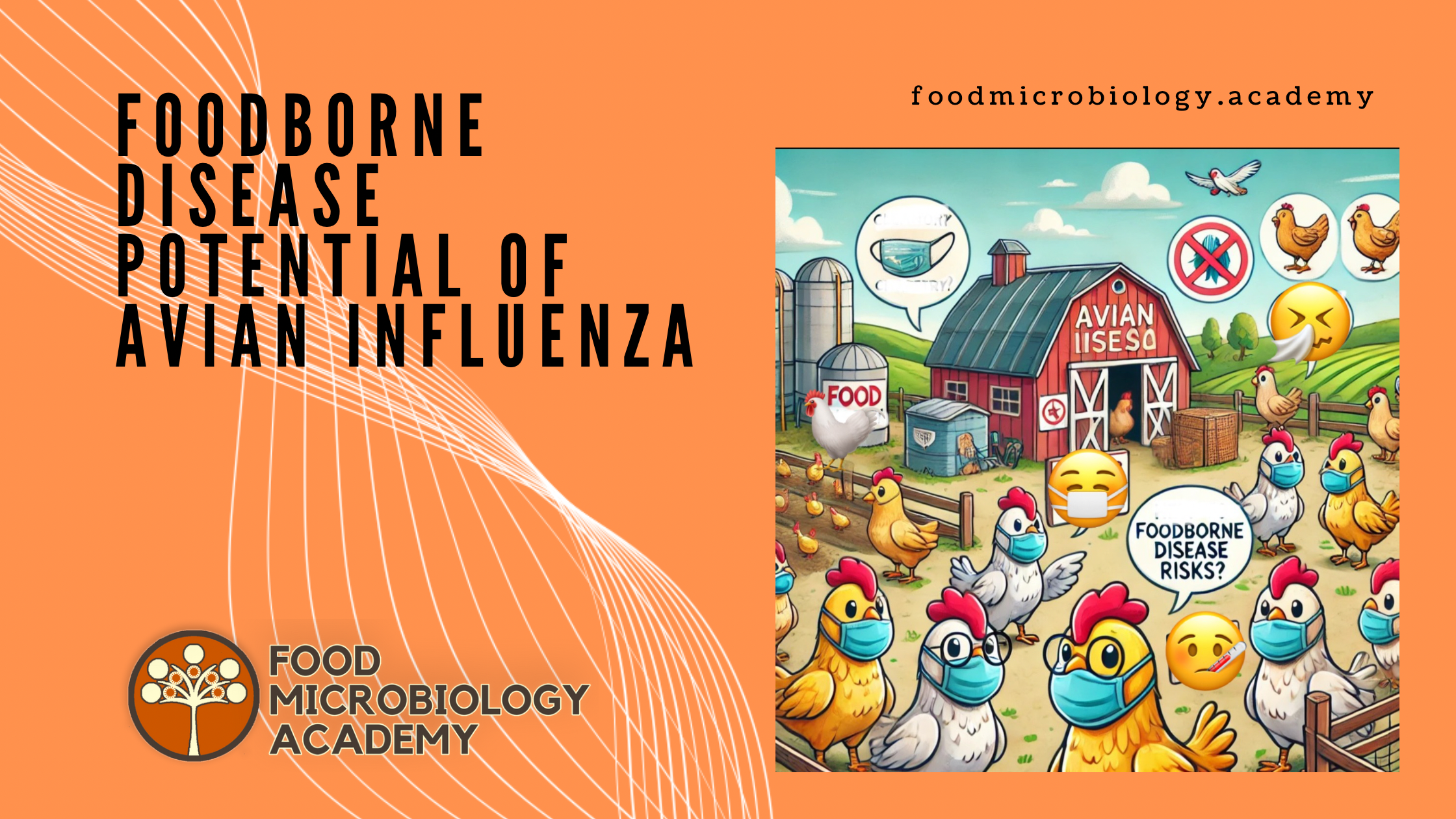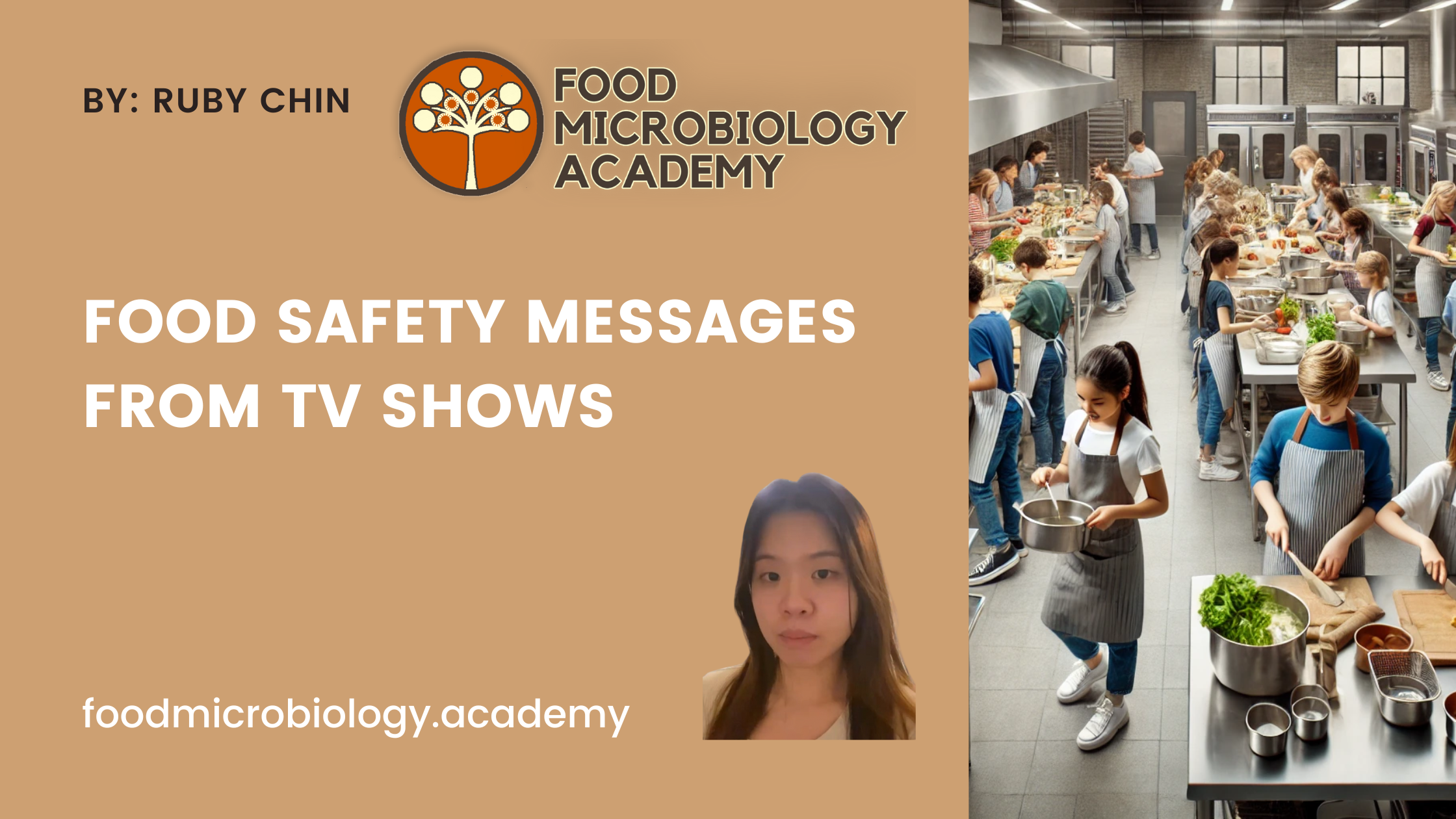Bacteriocins as Antibiofilm Agents: The Mode of Actions
Biofilms, complex communities of microorganisms encased in a self-produced extracellular polymeric substance (EPS), pose significant challenges in various industries, including food safety. These biofilms confer enhanced resistance to antibiotics and other antimicrobial agents, making them a persistent problem. In recent years, bacteriocins, a group of antimicrobial peptides produced by bacteria, have garnered attention for their potential to disrupt and prevent biofilm formation. This article delves into the mechanisms by which bacteriocins act as antibiofilm agents, based on insights from recent research. Understanding Biofilms Biofilms are structured communities of microbial cells that adhere to surfaces and are embedded in a protective EPS matrix. This matrix not only shields the bacteria from environmental stresses but also facilitates communication and nutrient exchange among the cells. Biofilms can form on both biotic and abiotic surfaces, including medical devices, food processing equipment, and natural environments. The inherent resistance of biofilms to conventional antibiotics and disinfectants is a major concern, particularly in clinical and food safety settings. Mechanisms of Antibiofilm Action Bacteriocins utilise multiple strategies to combat biofilms, targeting different stages of biofilm development: 1. Inhibition of Initial Adhesion Bacteriocins can prevent the initial attachment of bacterial cells to surfaces, a critical first step in biofilm formation. By interfering with cell surface structures and reducing surface hydrophobicity, bacteriocins hinder the ability of bacteria to adhere to surfaces. 2. Disruption of EPS Matrix The EPS matrix is essential for biofilm stability and protection. Bacteriocins can degrade components of the EPS, such as polysaccharides and proteins, thereby weakening the biofilm structure and making the embedded bacteria more susceptible to antimicrobial agents. 3. Pore Formation in Cell Membranes Many bacteriocins, such as nisin, exert their antimicrobial effects by forming pores in the bacterial cell membrane. This leads to the leakage of cellular contents, disruption of membrane potential, and ultimately cell death. This mechanism is particularly effective against biofilm cells, which are often in a dormant state and resistant to other antimicrobials. 4. Interference with Quorum Sensing: Quorum sensing is a cell-to-cell communication mechanism that regulates biofilm formation and maintenance. Bacteriocins can interfere with quorum sensing signals, disrupting the coordination required for biofilm development and maintenance. 5. Synergistic Effects with Other Antimicrobials: Bacteriocins can enhance the efficacy of other antimicrobial agents when used in combination. This synergistic effect can help overcome the resistance of biofilm-associated bacteria, making it a promising strategy for biofilm control. Applications in Food Safety In the food industry, biofilms can lead to contamination and spoilage, posing significant health risks. The use of bacteriocins as natural preservatives and biofilm control agents offers a promising solution. For instance, nisin-coated surfaces have been shown to effectively reduce biofilm formation by Listeria monocytogenes and Staphylococcus aureus on food processing equipment. Additionally, bacteriocins can be incorporated into packaging materials to extend the shelf life of food products by preventing biofilm formation. To explore more about how bacteriocins contribute to food safety and their broader applications in the industry, check out our related articles: Conclusion Bacteriocins represent a potent and versatile tool in the fight against biofilms. Their ability to target multiple stages of biofilm development and their synergistic effects with other antimicrobials make them valuable in both clinical and food safety applications. Continued research into the mechanisms of action and the development of novel bacteriocins will further enhance our ability to control biofilms and improve public health outcomes. By leveraging the natural antimicrobial properties of bacteriocins, we can develop more effective strategies to combat biofilm-related issues, ensuring safer food production and processing environments. Stay Ahead in Biofilm Control and Food Safety Bacteriocins are proving to be powerful tools in tackling biofilms, but their full potential is still being explored. As industries continue to adopt innovative antimicrobial strategies, staying informed is crucial. Want to keep up with the latest advancements in food microbiology and biofilm control? Subscribe to our newsletter or follow us for more research insights and practical applications in food safety. Let’s work towards safer and more sustainable food production—one breakthrough at a time!







